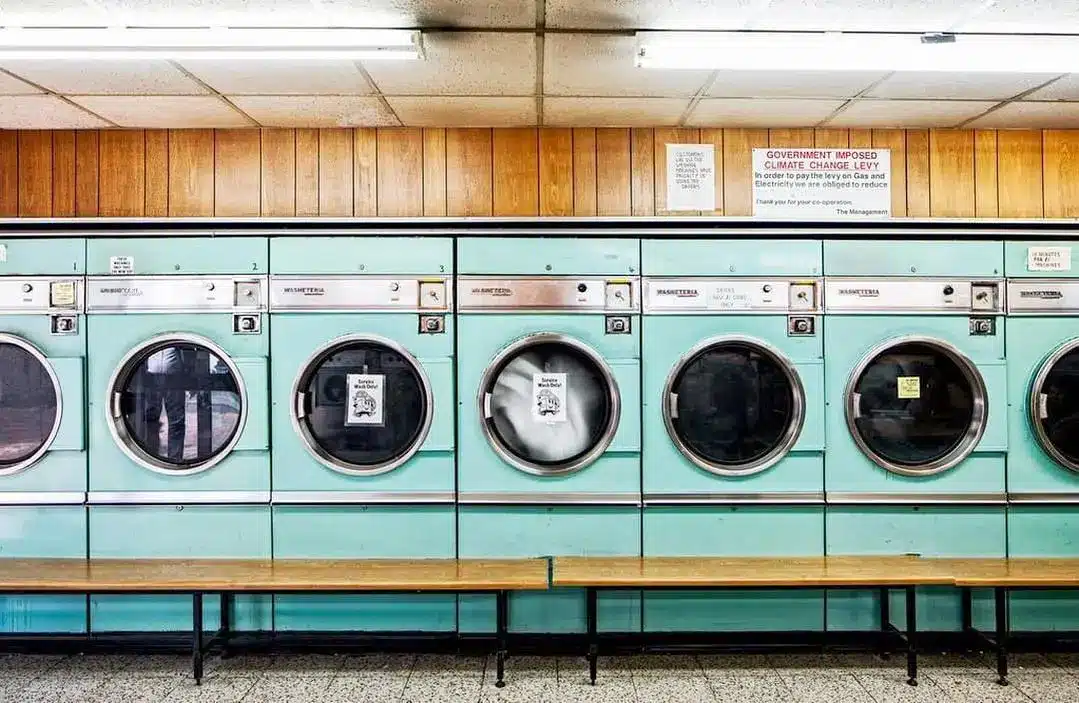Talk to an Adam Smith devotee and they’ll likely tell you that markets are everywhere. But what to do when the market for your asset isn’t especially dynamic? In the crypto world, some people resort to advertising, others to airdrops and token incentives. But there’s a darker method: Why not just make it look like there’s a larger market than there is?
Welcome to the world of wash trading.
What Is Wash Trading?
Wash trading is an illegal practice that involves a handful of buyers and sellers trading a security back and forth—or even one person swapping the security between accounts they own.
Why would anyone do this? Because it artificially inflates trading volumes to give others the impression that there’s a hot market for a security. Seeing all this volume, other traders might jump into the market.
It also happens in crypto markets, including on exchanges (which is not to say the exchanges are themselves participating). A 2022 Forbes investigation found that more than 50% of Bitcoin trading volume is probably either fake or the result of wash trading.
It’s not just coins and tokens. Recently, blockchain analytics firms have seen an uptick in crypto wash trading in the NFT sector.
How Does NFT Wash Trading Work?
It’s not so different from wash trading a traditional asset. (Note: This isn’t legal advice, and Unchained can’t legally determine whether an NFT is a security.)
An NFT owner can open several wallets, then sell the NFT to himself/herself, either at an artificially higher price to increase its perceived value, or in bulk to create the appearance of higher trading volume. Alternatively, traders—or even an NFT marketplace—can coordinate a wash trading scheme.
Beyond market manipulation, another reason for NFT wash trading is to take advantage of token rewards. Some platforms promise traders (not necessarily mere holders) airdrops and other rewards for remaining active. This incentivizes people to pursue so-called “non-economic” trades, in which they swap and re-swap assets without trying to turn a profit.
Wash trading doesn’t always benefit traders, because they’ll lose some money on network fees. In fact, most wash traders aren’t successful. However, wash trading can be very lucrative—the financial upside is far higher than the downside.
Examples of Suspected Wash Trading
- CryptoPunks: CryptoPunk #9998 sold for over 124,000 ETH in October 2021. When the buyer returned it to the seller shortly thereafter, CryptoPunks maker Larva Labs determined it was all part of a wash trade implemented with a flash loan. (That’s when a trader borrows a large sum, makes a transaction, and returns it within the same transaction.) The Punk went back on sale for a suspiciously high 250,000 ETH.
- Blur: The NFT marketplace launched in 2023 and quickly overtook OpenSea in trading volume thanks to whales trading on the platform. The whales’ aim seems to have been to increase trading activity so they could be eligible for a future airdrop by Blur—which the platform promised. In February 2023, NFT analytics firm CryptoSlam removed over half a billion dollars in Blur trading volume. It updated its algorithm to exclude sales it believed resulted from wash trading.
- LooksRare: NFT marketplace LooksRare did heady volume in 2022. Yet CryptoSlam reported that most of it was due to wash trading by users on the platform; Bloomberg put the figure at 95%. LooksRare has since fallen out of the top-five NFT marketplaces; as of March 2023, it has fewer than 2% of the monthly traders that OpenSea has, according to DappRadar.
What to Watch Out For
You don’t want to get lured into a wash-trading trap. Here are three of the most straightforward signs to look out for:
- Abnormally high price: Before buying an NFT, look at the collection’s floor price. Is this one way more expensive than the lowest price in the collection? Though an honest explanation might exist, such as rare attributes, someone may have been wash trading the collectible to pump up its perceived value.
- Repeat owners: If you keep seeing the same handful of addresses in the owner history, that’s a potential sign of wash trading.
- Lots of trading: One potential sign of wash trading is if an individual NFT changes hands multiple times a day while other NFTs from the same collection stay put.




